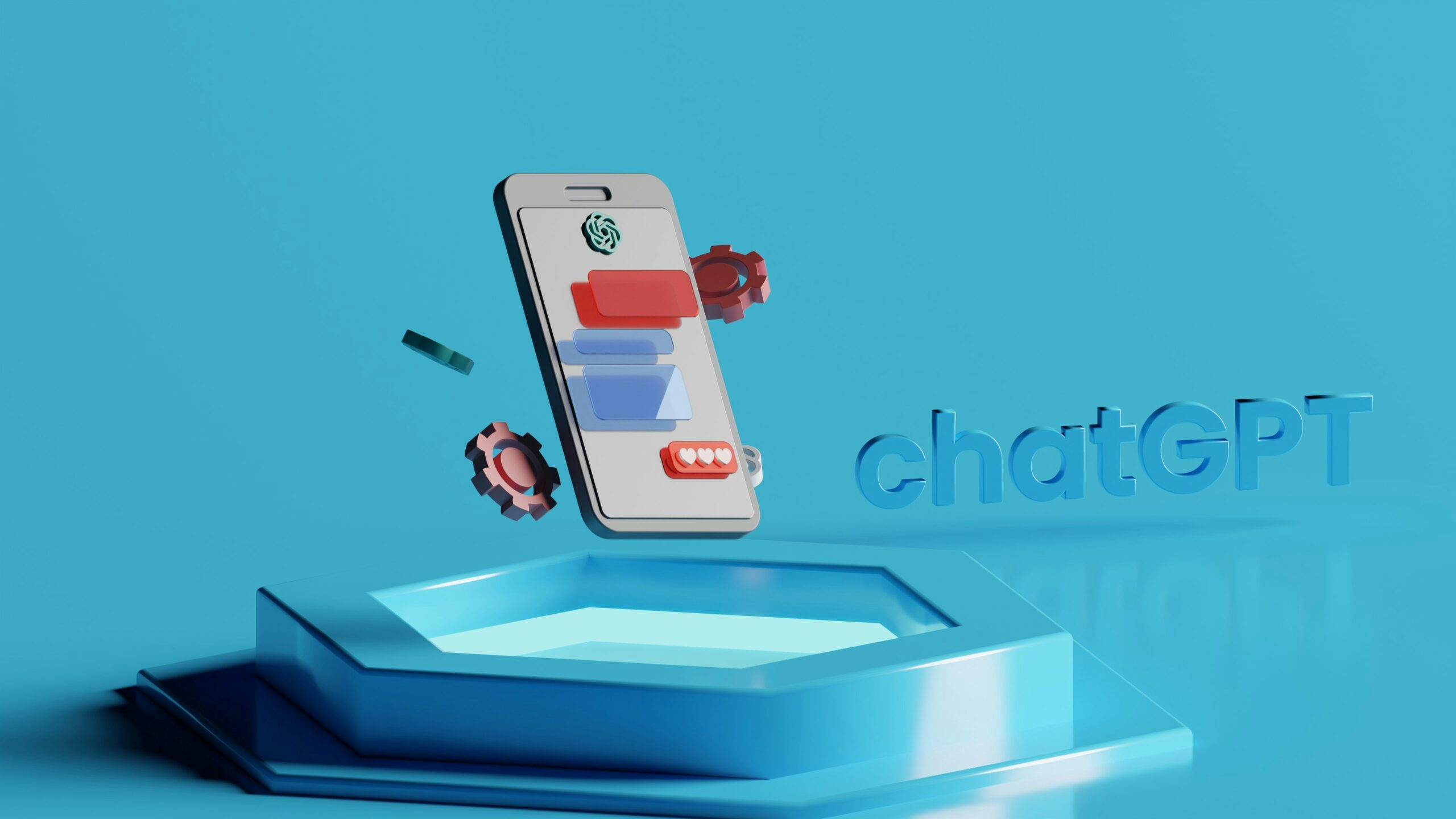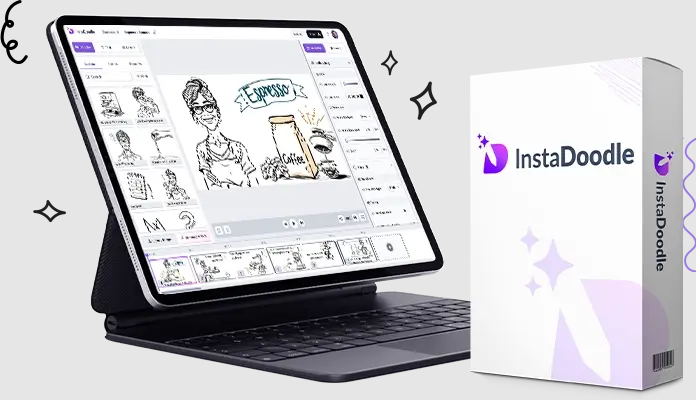Harnessing AI-Powered Chatbots for Enhanced Customer Acquisition
September 3, 2025 | by qqvmedia.com


Introduction to AI-Powered Chatbots
AI-powered chatbots have become a cornerstone of modern customer engagement strategies, evolving significantly from their initial scripted forms. Initially, chatbots operated on a straightforward premise: responding to predetermined queries using basic rule-based algorithms. However, advancements in technology have facilitated the emergence of sophisticated conversational agents that leverage Natural Language Processing (NLP) and Machine Learning (ML) to deliver more dynamic and personalized interactions.
At the heart of an AI-powered chatbot lies its ability to understand and process human language. Natural Language Processing enables these systems to interpret user input with remarkable accuracy, recognizing context, tone, and intent. This transformative capability allows chatbots to engage in meaningful conversations rather than mere transactional exchanges. NLP mimics human understanding, making it possible for chatbots to handle complex queries, provide relevant responses, and even engage users with a semblance of empathy.
Machine Learning complements NLP by allowing chatbots to improve over time through ongoing interactions. As these systems collect data from user conversations, they can refine their responses and predict user needs more effectively. This adaptability not only enhances customer experience but also increases operational efficiency, as businesses can automate various aspects of customer acquisition and support. Consequently, AI-powered chatbots are not just tools for communication; they are integral players in shaping the customer’s journey and influencing purchasing decisions.
As companies continue to adopt AI technology, the significance of chatbots in their business strategies cannot be overstated. The ability to provide 24/7 customer service, streamline communication, and gather valuable insights into consumer behavior positions AI chatbots as a vital asset for enhancing customer acquisition and retention. The evolution from basic bots to advanced AI-driven systems marks a significant milestone in the landscape of customer interaction, paving the way for smarter and more engaging experiences.
Benefits of Using Chatbots for Customer Acquisition
In recent years, businesses have increasingly turned to AI-powered chatbots to enhance their customer acquisition strategies. These automated systems have showcased a number of key benefits that contribute to better engagement and improved conversion rates. One of the primary advantages of chatbots is their ability to engage customers effectively. With instant responses to inquiries, chatbots can maintain conversations that pique customer interest and keep potential leads actively engaged.
Another significant benefit offered by chatbots is their 24/7 availability. Unlike traditional customer service representatives, these AI tools can interact with prospects at any time of day or night, allowing businesses to capture leads even outside of regular business hours. This constant availability not only increases the likelihood of connecting with potential customers but also strengthens the brand’s reliability in the eyes of consumers.
Moreover, chatbots facilitate personalized interactions by utilizing customer data to tailor conversations according to individual preferences and behaviors. This not only enhances user experience but also enables businesses to foster deeper connections with their audience. For instance, chatbots can recommend products based on a customer’s browsing history or ask specific questions to better comprehend their needs, thereby increasing the chances of conversion.
A pivotal role of chatbots in customer acquisition lies in lead generation. By guiding users through sales funnels, collecting contact information, and qualifying leads through initial queries, chatbots streamline the acquisition process. According to several case studies, businesses that implemented AI chatbots reported a substantial increase in conversion rates—some even noted improvements exceeding 30%. These figures highlight the significant impact that chatbots have on transforming customer interactions into tangible sales opportunities.
Best Practices for Implementing Chatbots
Implementing AI-powered chatbots involves several strategic steps that can optimize customer acquisition. First, selecting the right platform is crucial. Various chatbot platforms offer different functionalities, from basic query handling to advanced integrations with customer relationship management (CRM) systems. Assessing business needs and scalability will guide organizations in choosing a platform tailored to their specific objectives.
Understanding the target audience is another essential practice. Businesses must invest time in researching what customers expect from chatbot interactions. Conducting surveys and analyzing customer feedback can provide insights into preferred communication styles and common inquiries. This understanding will help in designing a more personalized chatbot experience that resonates with users, ultimately enhancing customer engagement and interaction.
Creating engaging conversational flows is also vital for effective chatbot implementation. Utilizing natural language processing (NLP) can help in making conversations seamless and human-like. Designing the dialogue structure to include targeted questions, quick replies, and easy-to-navigate menus ensures that customers find their way through the conversation effortlessly. Additionally, integrating multimedia elements such as images or videos can enrich the dialogue and provide information in diverse formats.
Continuous optimization through data analysis is a key component. Regularly tracking performance metrics such as response times, user satisfaction scores, and conversion rates allows businesses to refine their chatbots. Identifying patterns in customer interactions can highlight areas for improvement, guiding future updates to enhance functionality and service quality.
Lastly, avoiding common pitfalls during implementation can significantly impact the effectiveness of chatbots. Over-relying on automated responses can frustrate users; providing options for human assistance ensures that customers receive help when needed. Balancing automation with human touch fosters a better customer experience and improves retention rates in the long run.
Future Trends in AI Chatbots and Customer Acquisition
The landscape of artificial intelligence-driven chatbots is evolving rapidly, significantly influencing customer acquisition strategies across various sectors. As technology advances, businesses are increasingly leveraging chatbots to enhance their marketing efforts and improve customer interactions. One notable trend is the integration of advanced machine learning algorithms that enable chatbots to better understand natural language processing, thereby facilitating more meaningful conversations with potential customers.
Moreover, the emerging use cases for AI chatbots are bound to reshape how companies approach customer acquisition. For instance, chatbots are now capable of seamlessly embedding within social media platforms, allowing brands to engage potential customers where they spend most of their online time. This omnichannel presence not only boosts visibility but also ensures immediate response times—key factors that influence customer satisfaction and acquisition.
Furthermore, as businesses increasingly adopt AI-powered solutions, the integration of chatbots with other digital marketing tools is expected to soar. By incorporating chatbots into wider marketing automation platforms, companies can gain richer insights into customer behavior and preferences. These insights can be instrumental in crafting personalized experiences, thus aiding customer retention alongside acquisition efforts.
Importantly, the roles of chatbots are evolving to serve beyond just customer inquiries. They are beginning to provide tailored recommendations based on user data, guiding customers through their purchasing journey. This personalized touch not only improves conversion rates but also fosters brand loyalty among customers.
To stay ahead in this rapidly changing landscape, businesses must invest in ongoing training for their chatbots, ensuring adaptability to emerging trends and consumer expectations. Keeping abreast of advancements in AI technology will be crucial for maximizing the effectiveness of chatbot implementations in customer acquisition strategies, ultimately helping businesses thrive in a digital-first world.
RELATED POSTS
View all


